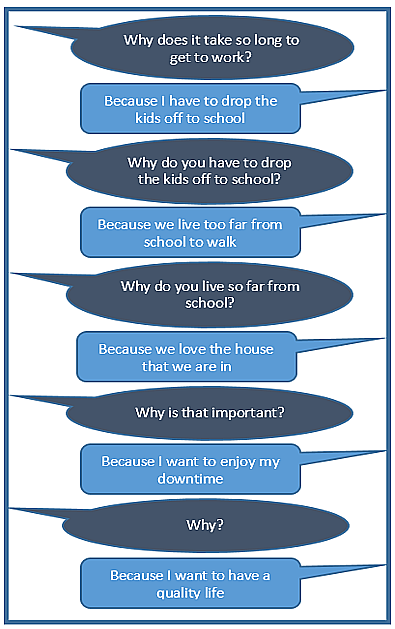![]()
We hear about process improvement, and we cringe. Then, we immediately think about our job security, and how automating what we do in our day to day jobs will eventually diminish our value to our employer. We will be more dispensable than we were before, so we become insecure and start questioning the need for such practices. We hear our fellow co-workers say “everything is fine the way that it is” or “if it ain’t broke, don’t fix it.”
Process improvement is about improving job quality and less about job security. Many employers perform annual employee surveys that show how satisfied their employees are with their jobs. Job quality can be a major part of the job satisfaction score, depending on the employee. Everyone wants to make sure that they are doing quality work and that their work matters to the organization. Don’t you? Process and performance improvement helps achieve this across the organization. It can lead to a higher employee satisfaction rating overall, if implemented correctly.
We improve processes and trigger changes every day. This happens in varying degrees and we may not be aware we do this, but change happens. We are sometimes reluctant to think about how things can be different because we don’t want to rock our own or anyone else’s boat. Remember that a process improvement doesn’t have to be a huge organizational shift or involve a boatload of people. It just has to be a change that causes an impact – big or small. Let’s look at how we can start thinking of simple process improvement.
I drove to work today using the same route as I have for the last five years. It takes me forty minutes door to door. Why does it take me so long to get to work when I live so close?
Process improvement starts when you…
- Ask why: Asking the question “why?” five times results in getting to the root cause of a problem. Figure 1 below is an example of how asking why can lead to a root cause for why we do things:

Figure 1: Getting to the root cause by asking “why?”
This causes a re-evaluation of how we currently do things and potentially develop a better solution. Asking why is the first step in realizing that something needs to change.
- Reach a tipping point: “There HAS to be a better way”, you tell yourself. By nature, most of us are very accommodating and we like the rhythm of life. Having a rhythm gives us a set of known expectations and parameters that give us security and assurance to get through the day. Because of this, it becomes discomforting to think about other ways to do things and improve processes and reach the tipping point. So, how do you really get to a tipping point in a process? Start by thinking of one simple thing that you can do differently in your daily rhythm and commit to the possibility of improving it.
- Are ready and willing to fail: Just because you tried to improve a process doesn’t mean that it’s going to work the first time. Process improvement is an iterative process, which is why it’s sometimes referred to as continuous improvement. It requires testing and feedback in a continuous cycle to ensure the process still works under current and new circumstances.
As you can see, process improvement is something we do every day and can be very simple. It becomes important to identify process improvement in our daily lives and recognize the need for change.
Opening the possibility of one simple change is the crux for starting process improvement and making it a success. Which process are you going to start improving today?
Purvi Bodawala is part of the GovLoop Featured Blogger program, where we feature blog posts by government voices from all across the country (and world!). To see more Featured Blogger posts, click here.





Leave a Reply
You must be logged in to post a comment.